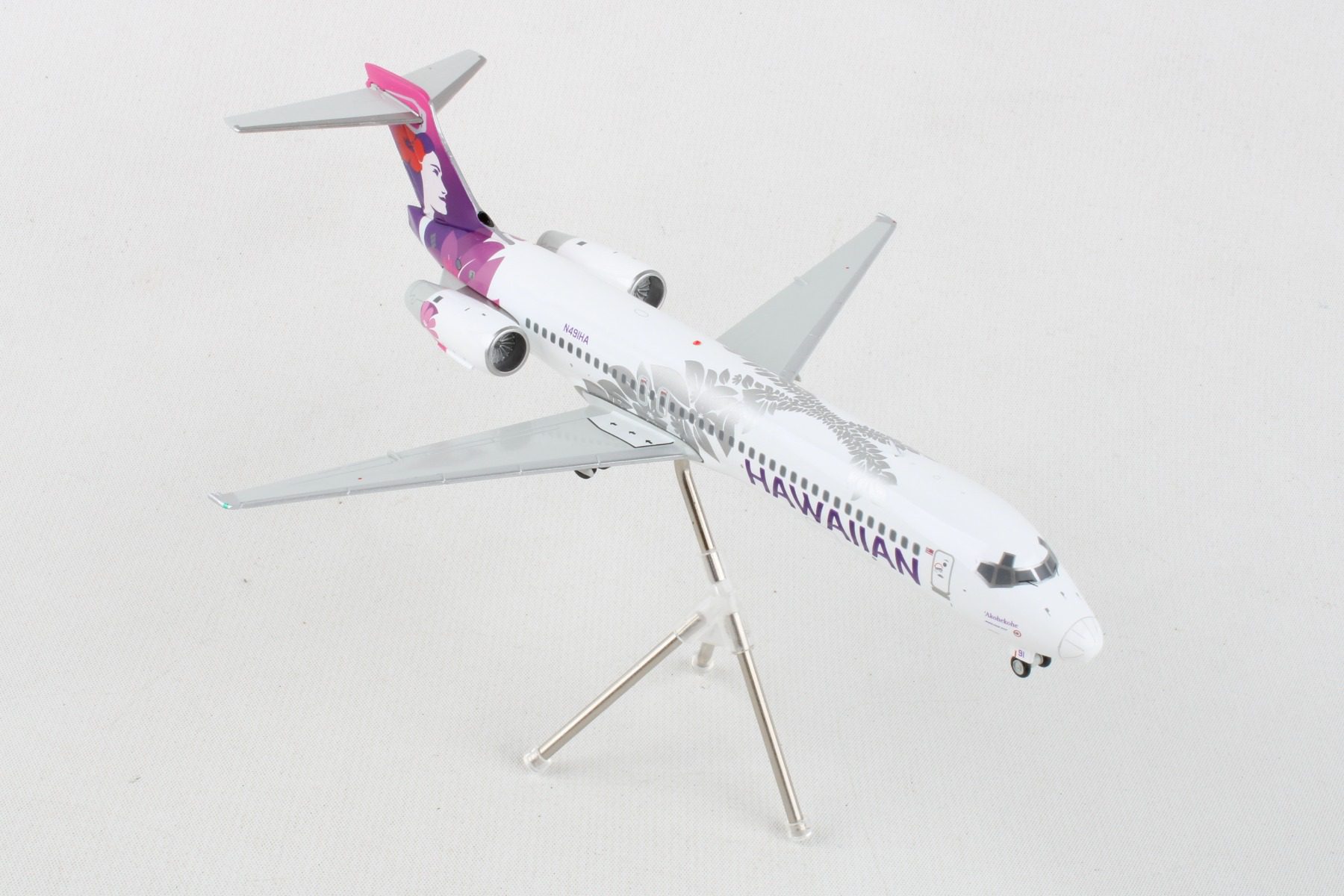Simplifying the Sky: A Guide to Aviation Weather, Clouds, and Moisture
Flying is indeed a grand skyward adventure, and much like ensuring the perfect conditions for a road trip, aviators must regard the atmosphere as their route—studying its whims and fancies. In this light-hearted delve into the world of aviation weather, we’ll decode the sky’s cryptic messages written in clouds and moisture, no meteorological jargon needed—just pure, conversational simplicity.
The Language of the Sky
Understanding Cloud Types
Gazing upwards, we witness the sky’s narrative through its vast array of clouds. Each form signifies a different mood of the weather:
- Low clouds, often fluffy or like a cozy blanket, hint at drizzles or perhaps a day colored in shades of grey.
- Middle clouds, resembling cotton tufts or painterly streaks, could foretell weather shifts.
- High clouds, those wispy, ethereal formations, serve as the sky’s canvas, sometimes whispering of impending rain.
- Enter the nimbus—the formidable cloud category that signals rain or snow. If it’s towering and dark, it’s wise to keep an umbrella at arm’s reach.
The Air’s Moisture Capacity
Consider the air as a sponge, where warm air acts as a roomy one and cold air as a more compact. Like a saturated sponge that drips, the air releases moisture in the form of rain or clouds. We’ll explore this game of catch and release between warm and cold air.
The Alchemy of the Atmosphere
When Vapor Meets Cold
Water vapor often pulls a disappearing act, transitioning directly to ice, bypassing the liquid phase. This bit of magic graces our mornings with frosty patterns, showcasing nature’s intricate designs.
Moisture’s Journey into the Air
Dry air can be quite the thief, pilfering moisture from bodies of water and ice. This phenomenon is evident as steam dancing above a lake’s surface on a brisk day. We’ll discuss how this process contributes to atmospheric moisture and its broader implications.
Humidity and Dew Point
Dew Point Defined
The dew point is that pivotal moment when the air can no longer hold moisture, leaving dew drops on the world below—much like the urgent need to find a restroom after one too many glasses of water.
Humidity’s Role in Aviation Weather
Humidity is the measure of moisture in the air, offering us a sense of the air’s clinginess or crispness. In aviation weather, this metric plays a crucial role, affecting visibility and cloud formation.
Predicting the Weather
The Relationship Between Temperature and Dew Point
When the temperature gauge and dew point are in close quarters on the scale, it implies an air rich in moisture, leading to potential fog or low clouds—akin to the condensation on a chilled beverage in the summer heat.
Decoding Cloud Altitudes
Curious about where clouds commence their ascent? It’s a puzzle involving ground temperature and dew point—a puzzle we’ll solve without requiring a degree in mathematics.
The Drama of Thunderstorms and Lapse Rates
Thunderstorms, nature’s own theater, erupt when heated ground air ascends rapidly into the cooler strata above, reminiscent of hot air balloons in a race to the skies. We’ll dissect the lapse rate, the rate of temperature decrease with altitude, which sets the stage for these electrifying performances.
Practical Applications
Weather Forecasting for Pilots
Pilots transform this atmospheric knowledge into a navigational blueprint, ensuring a smooth course through the skies. This information becomes their compass in the clouds.
Conclusion
Embarking on a journey through the atmosphere’s mood swings, we’ve unraveled the tales of clouds and moisture with no need for a meteorologist’s lexicon. From the types of clouds to understanding humidity and dew points, pilots and enthusiasts alike can predict the weather patterns, making every take-off a well-informed leap into the vast blue yonder. If you are interested in aviation weather, I highly recommend you check out our book called Mastering METARs and TAFs In Plan English. We break these suckers down in simple plain English that anyone can understand. No jargon, just simple and fun.
Happy flying!





